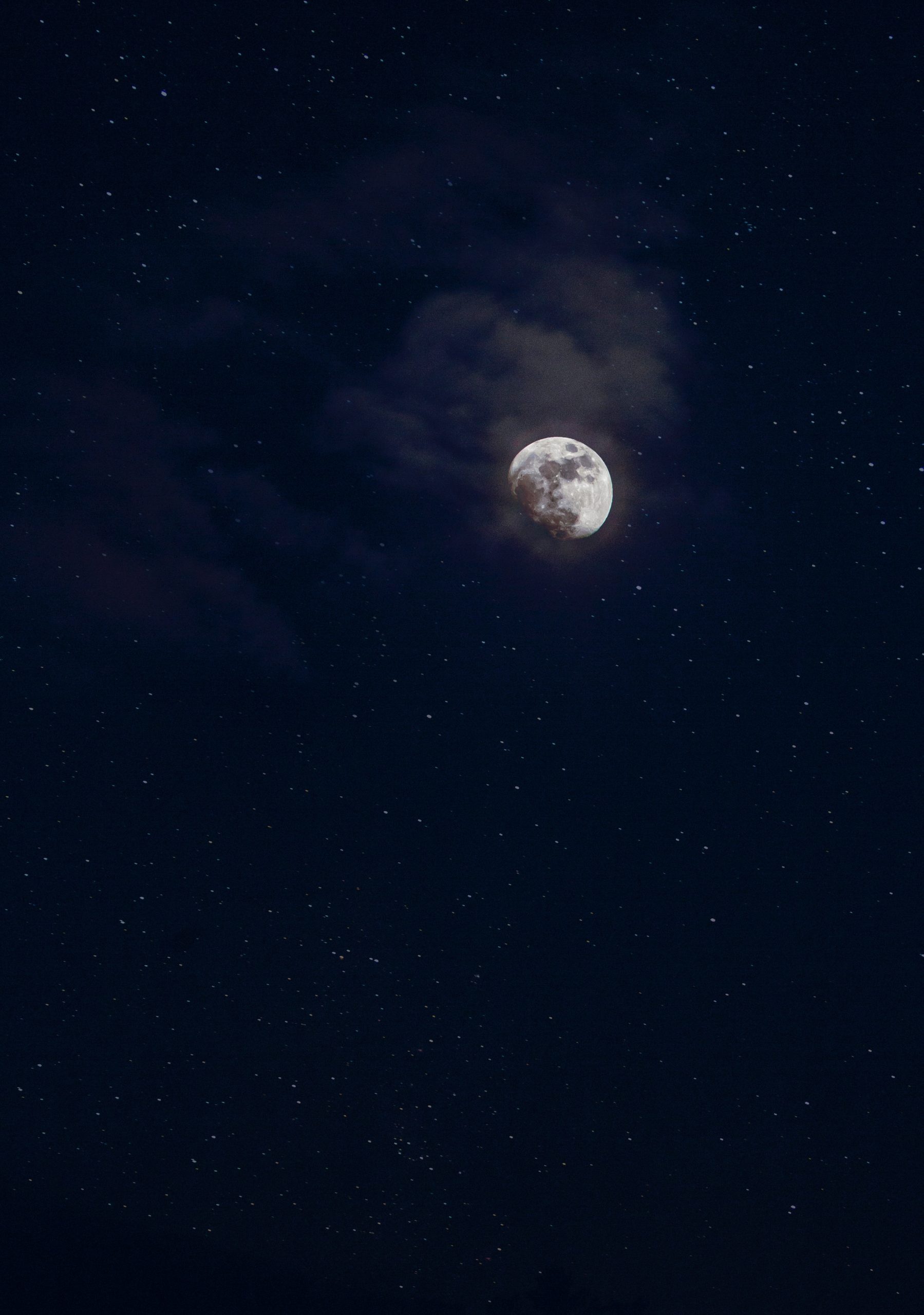The Lunar Cycle Diagram: A Fascinating Look at the Phases of the Moon
The moon has long captivated human imagination and curiosity. Its mysterious and ever-changing presence in the night sky has inspired countless myths, poems, and scientific inquiry. One of the most intriguing aspects of the moon is its cycle of phases, which is beautifully represented by the lunar cycle diagram. In this blog post, we will explore the intricacies of the lunar cycle and understand how the diagram helps us comprehend the moon’s varying appearances.
An Introduction to the Lunar Cycle
The lunar cycle refers to the regular changes in the moon’s appearance as seen from Earth. These changes are caused by the interaction between the moon, the sun, and Earth’s position in space. Despite popular belief, the moon does not generate its own light; it merely reflects sunlight. Therefore, the way it appears to us depends on its relative position to the sun and Earth.
The entire lunar cycle takes approximately 29.5 days to complete, which is known as a lunar month or a synodic month. During this time, the moon goes through a series of distinct phases, each lasting about 7.4 days. These phases, as represented in the lunar cycle diagram, include the new moon, waxing crescent, first quarter, waxing gibbous, full moon, waning gibbous, third quarter, and waning crescent.
The Lunar Cycle Diagram
The lunar cycle diagram provides a visual representation of the moon’s phases throughout a synodic month. This diagram typically consists of eight distinct parts divided into segments of a circle or a table. Each segment corresponds to a specific phase of the moon, allowing us to understand its appearance at different times during the month.
| Phase | Appearance | Description |
|---|---|---|
| New Moon |  |
The moon is not visible from Earth as its dark side faces us. |
| Waxing Crescent |  |
A small portion of the moon becomes illuminated, forming a crescent shape. |
| First Quarter |  |
Exactly half of the moon is visible, resembling a half-circle. |
| Waxing Gibbous |  |
The majority of the moon is visible, but it is not yet fully illuminated. |
| Full Moon |  |
The entire face of the moon is illuminated, appearing as a perfect circle. |
| Waning Gibbous |  |
The moon starts to decrease in illumination, but it is still mostly visible. |
| Third Quarter |  |
Exactly half of the moon is visible, resembling a half-circle, but on the opposite side from the First Quarter. |
| Waning Crescent |  |
A small portion of the moon is illuminated, forming a crescent shape, but on the opposite side from the Waxing Crescent. |
This visual representation offered by the lunar cycle diagram makes it easier to visualize the moon’s changing appearance throughout the month. It provides a concise and intuitive way to grasp the progression of its phases.
Understanding the Lunar Cycle
By studying the lunar cycle diagram, we can discern several key patterns and understand the lunar phases more deeply. The moon’s cycle begins with the new moon, where the moon is not visible to us on Earth since its dark side faces us, making it appear as a dark void in the night sky.
As the days progress, the moon moves into the waxing crescent phase, with a small portion of the moon illuminated from our perspective. From there, it progresses into the first quarter, where exactly half of the moon becomes visible. This phase is followed by the waxing gibbous, where the majority of the moon’s face is visible, but it is not yet completely lit up.
Eventually, we reach the full moon, which is the highlight of the lunar cycle. At this stage, the entire face of the moon is illuminated, appearing as a perfect circle. It is during this phase that the moon shines its brightest in the night sky.
After the full moon, the moon enters its waning phase. First, we have the waning gibbous, where the moon starts to decrease in illumination but is still mostly visible. This is followed by the third quarter, which appears as a half-circle on the opposite side from the first quarter. Finally, the moon enters the waning crescent phase, with a small portion of the moon illuminated on the opposite side from the waxing crescent.
Once the waning crescent ends, the moon completes its cycle, and we return to the new moon. The entire process then repeats itself, creating the mesmerizing rhythm of the lunar cycle.
The Significance of the Lunar Cycle
The lunar cycle has great significance in various aspects of our lives. For centuries, it has played a crucial role in tracking time and determining the length of months in calendars. In addition to its calendrical importance, the moon’s phases also influence natural phenomena such as ocean tides, animal behavior, and even human emotions.
Furthermore, understanding the lunar cycle is essential for various cultural and religious practices. Many cultures celebrate traditional festivals and events according to lunar phases, embracing the connection between the moon and the human experience.
In Conclusion
The lunar cycle diagram provides a visual representation of the phases of the moon in a synodic month. It is a valuable tool for comprehending the moon’s changing appearance throughout its cycle. By studying this diagram and understanding the significance of each phase, we can deepen our understanding of the moon’s influence on our lives and the world around us.
The lunar cycle’s mesmerizing rhythm continues to inspire awe and wonder, reminding us of the vastness and beauty of the cosmos. So, the next time you gaze up at the moon, take a moment to appreciate the intricate dance of light and shadow represented by the lunar cycle diagram.
Table of Contents
